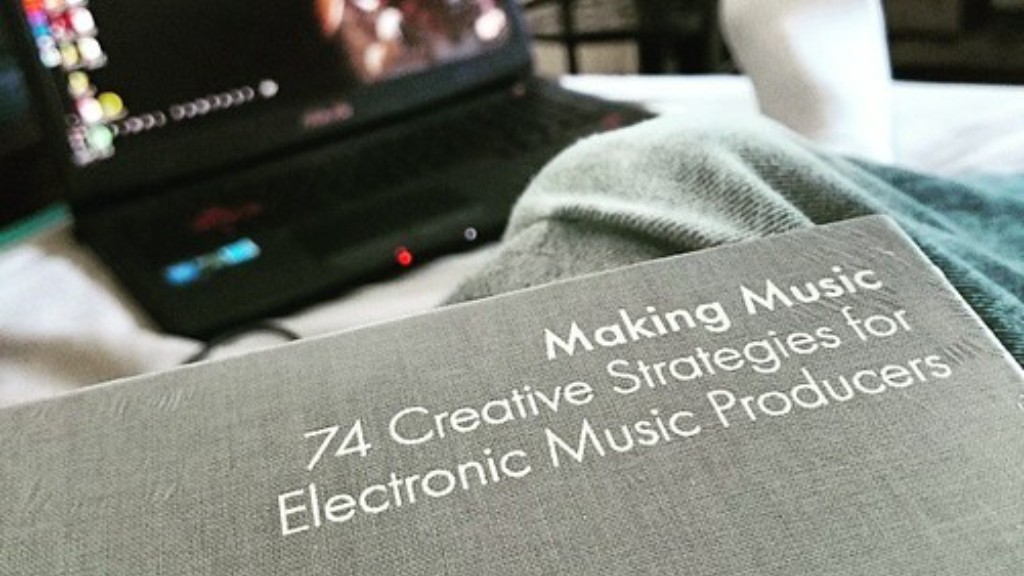Calling all budding Picassos! Drawing a face may seem like a daunting task, but it is easier than you think. drawing faces is the perfect way to start let your young artist unleash their creativity. Here are a few steps that can help you to master the basics of drawing a realistic face.
Prepare your materials first: Before jumping straight into drawing, ensure that all of your necessary materials are at the ready. A pencil and a sheet of paper are all you will need for this artistic endeavor. Encourage your kid to sketch and experiment with different techniques.
Start with the features: A great way to get started with drawing a face is to begin with the features. Start by sketching out the basics to get the shape of the nose, eyes, and mouth down. Your little one’s imagination can take care of the finer details like eyelashes and eyebrows.
Observe the proportions: Observing the proportions of the face is super important. Get your kid to divide the face into different sections using a ruler. This will help maintain the correct proportions of the eyes, nose, and mouth.
Sketch out details Now is the time to sketch out the details like lips, eyebrows, freckles, hair, ears, and other facial features. Look around and take inspiration from your surroundings if you’re stuck. Compare your drawing to the person that you are trying to replicate accurately and observe any inaccuracies.
Coloring time It’s time for the final step – detailing and coloring. Now is the time to showcase your little one’s creative genius! Encourage your kid to use bright colors to make their drawing come to life. A few small details like blush or a bit of eye shadow can make the face look even more realistic.
Keeping it real When it comes to drawing a face, it is super easy to get carried away and draw something cartoonish or too futuristic. To capture a realistic face, look at real people and try to draw inspiration from them.
Have Fun Drawing should be fun! Do not put too much pressure on your kid. Remind them to take breaks throughout the process. Staying motivated is super important and the end result can be an inspiration to many!
Practice Makes Perfect The more practice your kid gets, the better they will progress. There isn’t one right way to draw a face and that is what makes it so brilliant. Encourage them to keep practicing and this will soon seem like a piece of cake.
Angle is important One of the secrets of drawing a face is to understand the angles and perspectives. It gives the face dimension and makes it appear realistic. Different angles will yield different results, so encourage your kid to try out different angles.
Staying within boundaries When drawing a face, it is really easy to go overboard. To give the face a realistic feel, it is important to stay within the boundaries and use lighter lines. A good way to do this is to sketch the lines lightly and then go over with darker lines.
Adding textures To make the face look even more realistic, add some textures and shadows. This can be done with hatching or cross-hatching techniques. Show your kid how to stay within the boundaries and create subtle shadows as instructed.
Outlining the face To finish up the face, go over the edges with a black pen and make sure to fill in the darkest parts. You can use shading to finish off the face and add more dimension. The more practice your kid gets, the more skilled they will become.
Step outside the box Once your kid has mastered the basics of drawing a realistic face, encourage them to step outside the box and push their own boundaries. A face can be depicted in various ways. So suggest they practice using different mediums and tools to create something extraordinary.
Adding details Bringing a face to life is all about the details. So encourage your kid to be experimental and incorporate extra details like freckles, eyebrows, glasses, and other accessories to enhance the look.
Constant experimentation The possibilities are endless when it comes to drawing a face. So remind your kid that there is no right or wrong when it comes to art and the most important thing is to keep experimenting. Suggest they keep at it and try out different techniques to bring their imagination to life!
